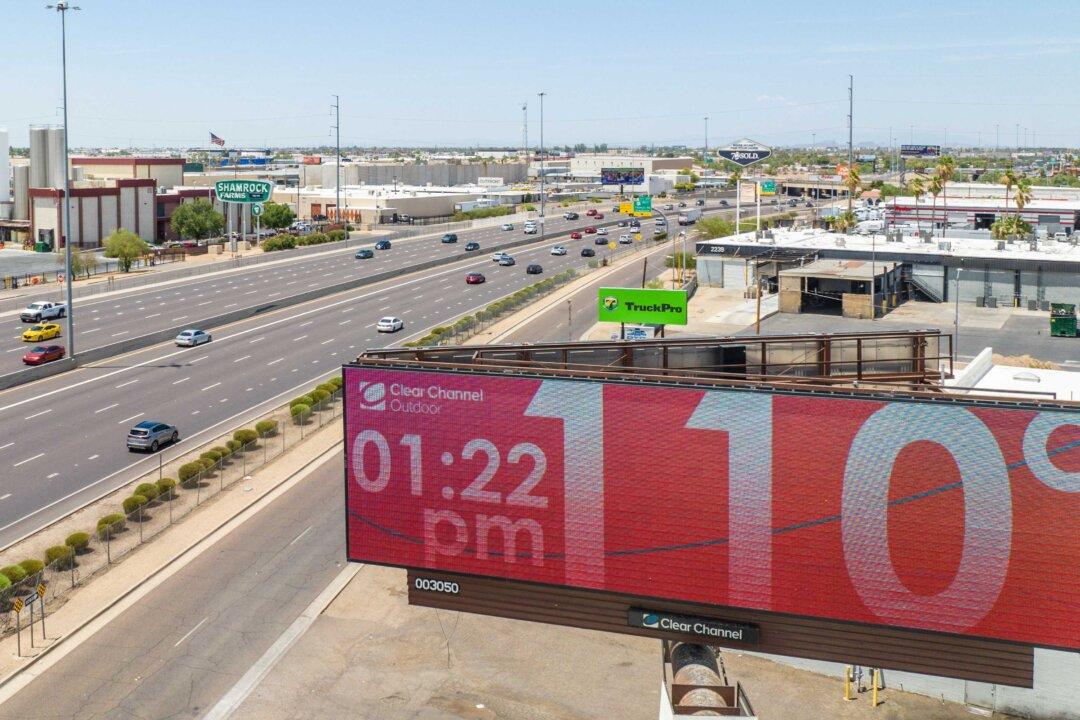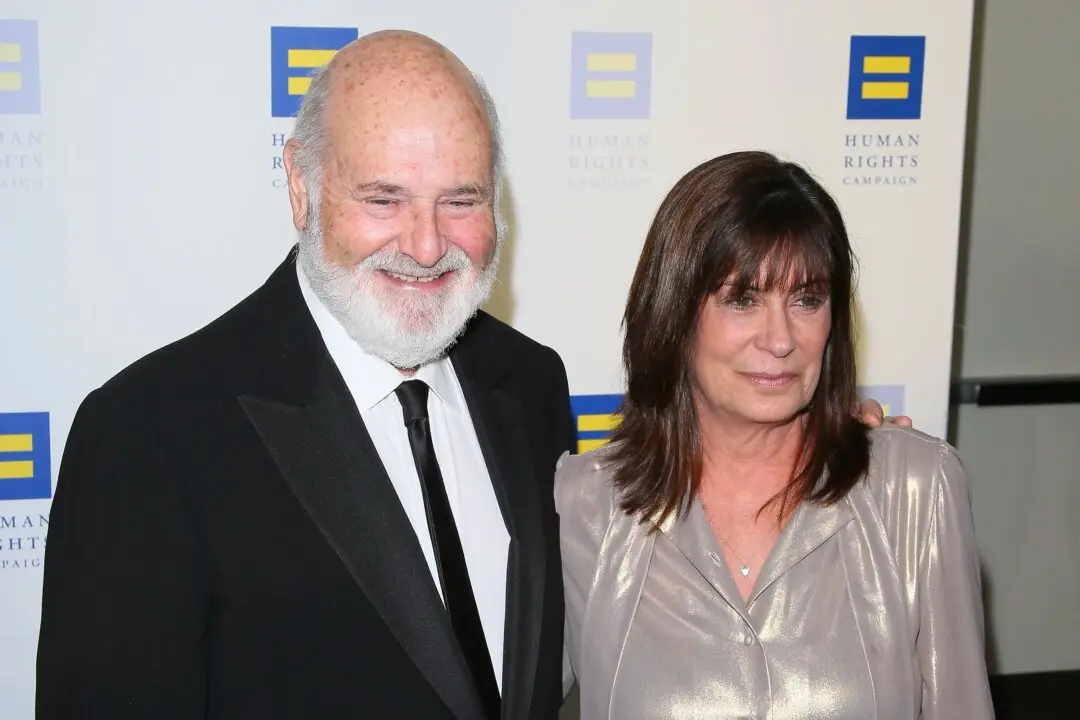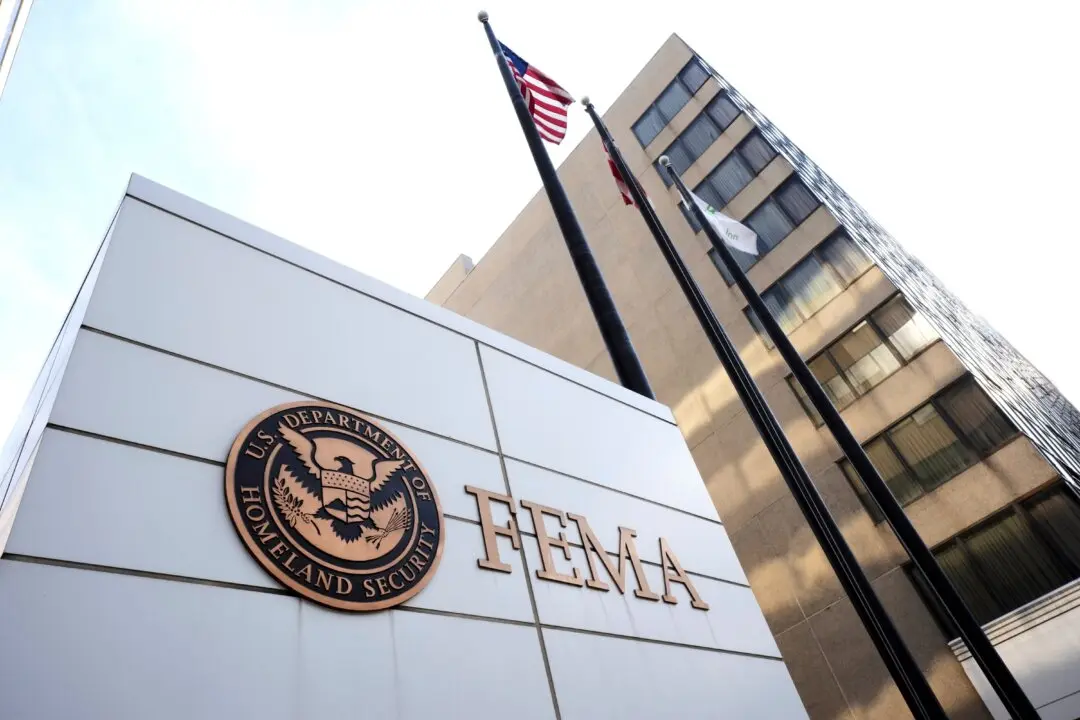The governor of Arizona declared a state of emergency on Aug. 12 as extreme heat persisted in some parts of the state, which has resulted in nearly 60 heat-related deaths in Maricopa County this year.
Gov. Katie Hobbs said the state of emergency was intended to support local heat relief efforts in Maricopa, Coconino, and Pinal counties, where temperatures have exceeded 110 degrees Fahrenheit for 30 consecutive days.





